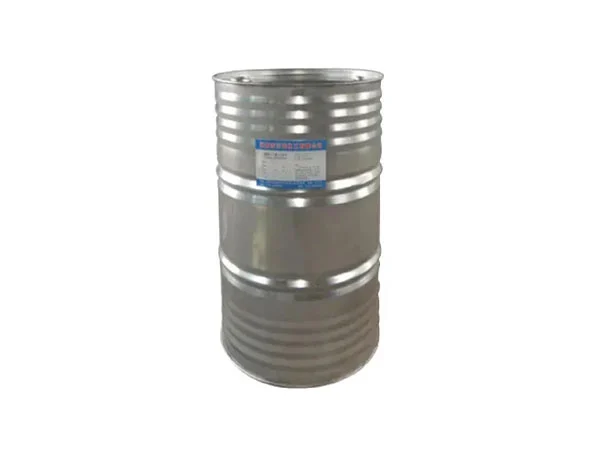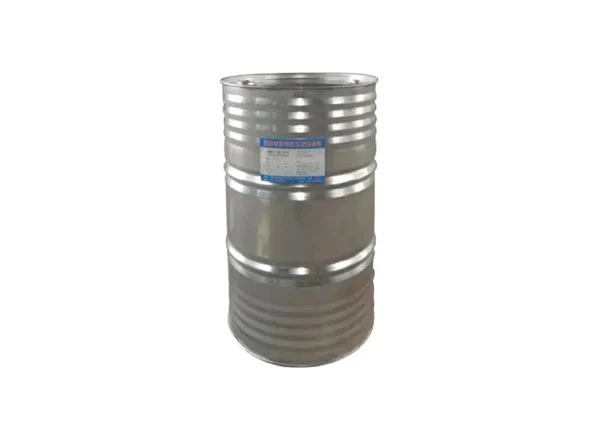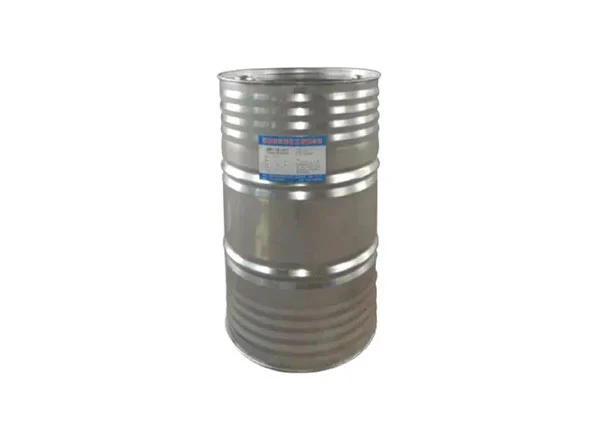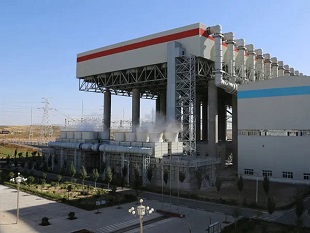Is 2-Octanol Safe to Handle?
2-Octanol is generally considered safe when handled properly. However, it is important to follow appropriate safety precautions and guidelines, including using personal protective equipment and ensuring proper ventilation, as with any chemical substance.
What Is the Difference Between Octanol and 2-Octanol?
The main difference between octanol and 2-octanol lies in their chemical structures and properties.
Octanol, also known as octan-1-ol or 1-octanol, is a primary alcohol with a hydroxyl group (-OH) attached to the first carbon atom of an eight-carbon chain. It has the molecular formula C8H18O.
On the other hand, 2-octanol, also known as octan-2-ol or sec-octyl alcohol, is a secondary alcohol with a hydroxyl group attached to the second carbon atom of an eight-carbon chain. Its molecular formula is also C8H18O.
The key difference is the position of the hydroxyl group within the carbon chain. In octanol, the hydroxyl group is attached to the first carbon, while in 2-octanol, it is attached to the second carbon. This difference in structure can result in variations in chemical reactivity and physical properties.
These subtle structural differences can influence their behaviors and applications. For instance, they may have different solubilities, boiling points, and reactivity in chemical reactions. It is important to consider these distinctions when using them in specific applications or processes.









